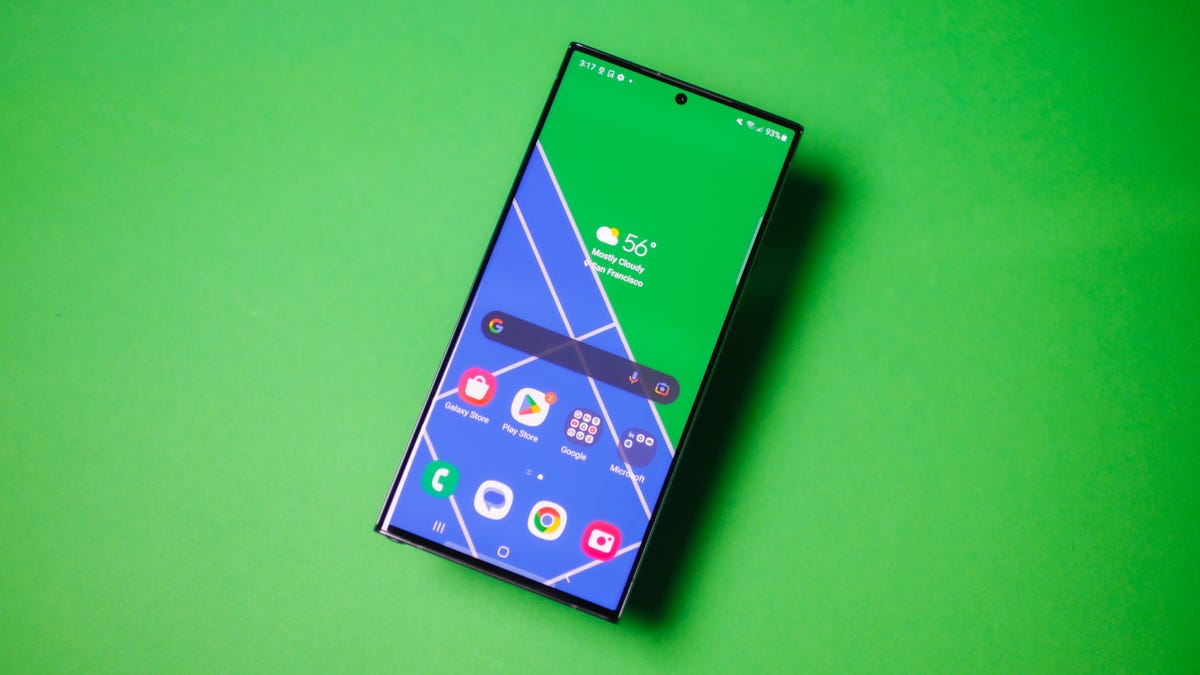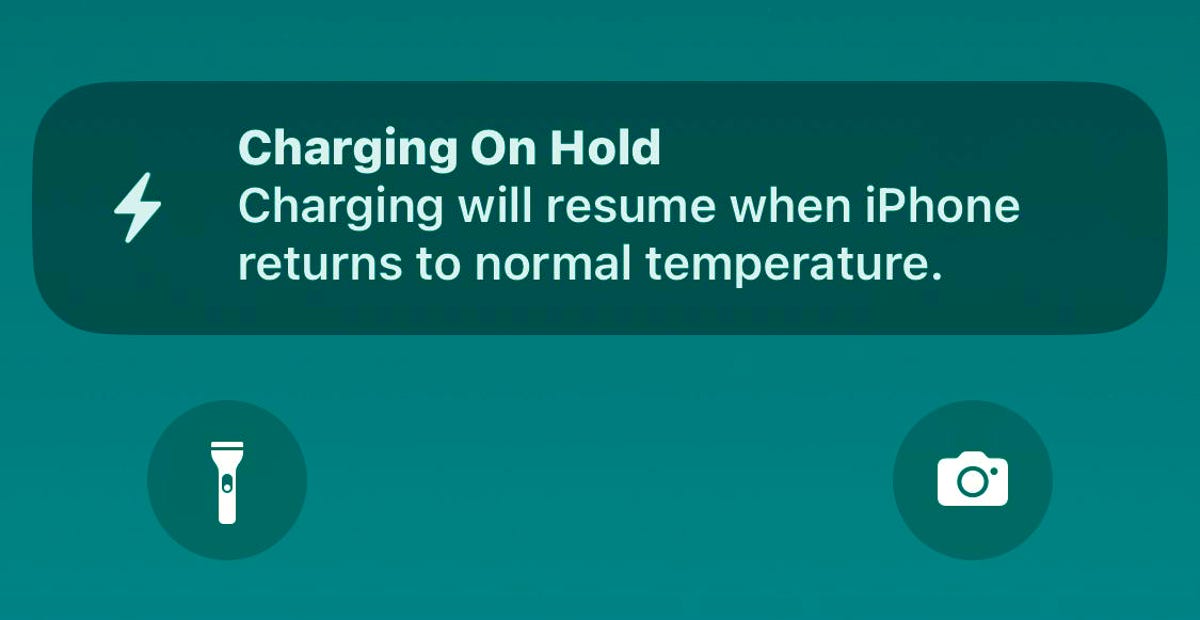Google’s new seven-year software update commitment for the Pixel 8 and Pixel 8 Pro is a significant step forward for Android. But it also highlights one of the biggest weaknesses most Android phones face, regardless of their price: They don’t get enough software support. Google’s $449 Pixel 5A from 2021, for example, won’t receive new Android OS upgrades or software updates past August 2024. Three years of updates can go by pretty quickly.
Smartphone sales continue to decline year over year amid inflation, and people are likely looking for devices they can hold onto for as long as possible. Market analyst firm Canalys is predicting that the North American smartphone market will decline by 12% this year, though it also notes that phone-makers are still relying on the otherwise stable market for premium phones. As customers hang onto their phones longer, keeping those customers up to date with new features and security protections requires longer upgrade periods.
And it’s not just inflation that underlies the need for phones to get more years of software support. The update extension arrives alongside a push for phones to become more repairable. An increasing number of US states are passing right to repair laws that cover electronics, and right to repair proposals recently adopted by the European Union also include phones and tablets.
Now, as Google begins to push its own Android phones to last longer, here are the biggest reasons phone buyers stand to benefit should the wider industry embrace longer phone lifespans.
Android update support is still a mess across the industry
Google last increased its security update policy in 2021, giving the $599 Pixel 6 and $899 6 Pro five years of security updates (that’s set to end in October 2026). But software updates stayed at three years — meaning that after next year’s release of Android 15, the Pixel 6 will likely receive no new software features.
Meanwhile, over on iOS in 2021, if you bought the then-$599 iPhone 12 Mini or $829 iPhone 13 from Apple, you were assuredly receiving software and security updates for much longer than three years. Apple’s iPhone XR and XS from 2018 each received this year’s iOS 17, and though 2015’s iPhone 6S is no longer getting software updates, it’s getting security-focused updates for anyone who’s still using those phones.
Looking at Samsung, Motorola and OnePlus, the situation varies drastically. Until the Pixel 8 announcement, Samsung had surpassed Google’s software update promise by providing four years of software updates, and it had matched Google’s security update policy with five years for its Galaxy S and Z phones. The cheaper Galaxy A series offers a range of support levels, with Samsung’s $200 Galaxy A14 5G getting two years of software updates but five years of security updates.

OnePlus recently started promising a similar four years of software updates and five years of security updates for some of its phones, such as the OnePlus 11.
Motorola, meanwhile, has long lagged behind, but it currently promises three years of software updates and four years of security updates for the $1,000 Razr Plus. I’ve reached out to Apple, Samsung, Motorola and OnePlus for comment about these policies in the wake of Google’s announcement.
As a result of these differing policies, it can be quite intimidating to keep up with how long an Android phone is safe to use. If these policies could continue to extend to accommodate whether someone wanted to hold onto their phone for two years or for more than five years, that would at the least afford people with the most flexibility, whether or not they wanted to get a phone upgrade.
Phones need security support to remain safe
Phones are constantly connected to the internet, but unfortunately that also means there’s the possibility of your phone encountering security issues. Phone-makers constantly provide updates to keep your phone safe.
My colleague Andrew Lanxon explored whether it’s safe to continue using phones that are no longer receiving security updates. The experts he spoke with said an outdated phone could be susceptible to software issues and allow malefactors to steal your data or install malware on your device.
Unfortunately, many new Android phones, even expensive ones, come with very short security update timelines. I criticized the $649 RedMagic 8 Pro for providing only two years of guaranteed security updates, even though its top-of-the-line specs should otherwise make that phone last for years. (The gaming-centric audience RedMagic targets might flash these devices with custom firmware to get new features after official update support ends. But most people don’t have the time to DIY their own phone to that degree.)
Though Google’s seven-year commitment is now the longest published commitment we’ve seen from a major phone-maker, the Fairphone 5 currently has Google beat with an eight-year commitment to security updates alongside access to spare parts for do-it-yourself repair. Even though Fairphone isn’t nearly as well known in the smartphone market, it’s made good on its promises so far. Its Fairphone 3, launched in 2019, is receiving software updates through 2026.
By comparison, Google’s Pixel 4 and 4 XL from 2019 received Android 13 last year and were updated again in February 2023. But they’re no longer getting new updates. Samsung’s Galaxy S10 line appears to have received its final updates earlier this year too, according to Droidlife.

Today’s phone hardware can go the distance, and repair costs are dropping
The most common reasons to replace a phone often come down to battery life and performance, unless you’ve lost or broken your device. According to a 2019 survey conducted by Office Depot, 63% of its 1,018 respondents cited battery life issues as their reason, closely followed by slow processing speeds and a broken charging port.
However, many of those problems are now easier to address, enabling devices to last longer. Software optimizations help manage a phone’s performance and battery. A lost device can be pinged using Find My Device on Android. And costs to repair devices — while still high in some cases — have been declining. An out-of-warranty battery replacement usually costs around $100 or less: For instance, getting a Samsung Galaxy S21’s battery replaced at Best Buy costs $80.
Google spent part of its Pixel 8 launch event touting the fact that the new phone line should be easier to repair, including publicizing its continued partnership with iFixit to provide spare parts and repair guides. Google has told Android Authority that spare parts availability will also last the same seven years as software support. Apple has also made an effort to reduce some repair costs by changing how the iPhone is manufactured. The iPhone 15 Pro and Pro Max’s aluminum substructure makes it easier to replace cracked or damaged back glass.
These efforts will hopefully push the phone industry even more toward moves that extend the lifespan of devices, making it so you have to replace your phone only when you absolutely must.
I do wish phone-makers could go one step further, though, by making the hardware just as easy to upgrade as the software. Roughly a decade ago, in 2013, Google developed a modular phone concept called Project Ara that made it possible to essentially build your phone by snapping pieces together, similar to a PC. The concept theoretically would allow for simple repairs and even phone upgrades. But that dream was dashed, with launch plans delayed and eventually canceled.
In the meantime, phones are increasingly being made with recycled materials, with Apple and Samsung both promoting a greater use of recycled metals and plastics in the production of their flagship phones. A larger reliance on recycled materials could help reduce waste created when phones are discarded.

Software updates are great, but there’s still more that can lengthen a phone’s life
As phones get more years of software support, dazzling new cameras and smarter AI-powered features, it’s amazing how many age-old problems we still experience on the gadgets.
Better durability — whether that’s finding more ways to prevent a phone from scuffing, or just making phones less prone to shatters after falling on pavement — would be quite meaningful on devices, no matter the price.
Phone companies have made some strides: Apple’s Ceramic Shield has improved the iPhone’s screen durability, and Samsung has an entire quality assurance facility for testing its phones in challenging scenarios like drops and extreme temperature situations.
Yet phones still break. YouTube channel JerryRigEverything found that the new iPhone 15 Pro — despite being made from titanium — cracked during a bend test that didn’t damage any other iPhone 15 model.
And though most modern smartphones can stand up to water and dust, perhaps heat resistance is the next area where phones could improve. Currently, phone software helps prevent overheating should your device end up in direct sunlight for too long. Apple this week issued a patch to address overheating complaints linked to the iPhone 15 Pro.
But several gaming phones I’ve tested have more advanced cooling systems than your average phone, enabling them to stay functional while powering high-end graphics. The Asus ROG Phone 7 Ultimate has a door that physically opens for better airflow to the hot-running processor and GPU when paired with a cooling fan accessory — which, to be fair, is overkill. But it still makes me think phone-makers could be doing more to develop better cooling systems.

Lastly, while right to repair laws are improving access to phone repairs, these fixes are still difficult to manage without officially licensed parts and guides. For instance, Apple’s iPhone 14 recently had its repairability score downgraded by iFixit due to requiring a software handshake even when using genuine replacement parts from Apple. Compared with long-running industries like those behind kitchen appliances and computers, the phone market sees off-the-shelf parts that are often unusable in repairs. Meanwhile, Valve’s Steam Deck handheld gaming console is quite simple to crack open to upgrade with more storage. Some companies are selling aftermarket Steam Deck screens with higher resolutions.
Even though there’s more that can be done to extend the life cycle of phones like the Pixel 8, Google’s seven-year promise for software and security updates is commendable. Should the company follow through, it’ll mean the Pixel 8 will receive more major software updates than many of Apple’s iPhone models, while encouraging customers to stick with Pixel for the long haul. Now I’m just waiting for Samsung, Motorola, OnePlus and other phone-makers to catch up.
